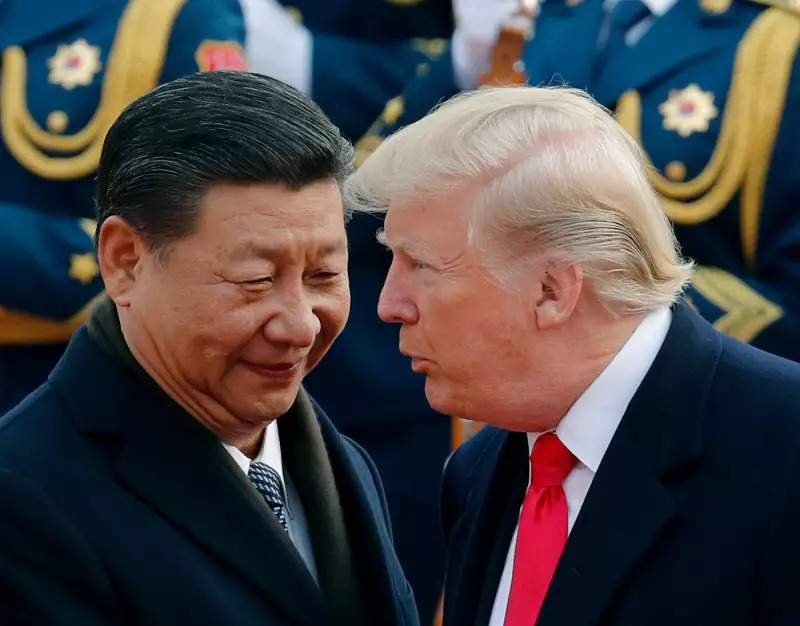
The eyes of the global economic community are fixed on Seoul this week as U.S. President Donald Trump and Chinese President Xi Jinping convene for what analysts are calling a crucial diplomatic encounter. The high-level meeting represents a significant opportunity to dial back the escalating trade conflict that has rattled international markets for months.
A Pivotal Moment in Economic Relations
This face-to-face discussion between the leaders of the world's two largest economies comes at a critical juncture. Both nations have imposed billions of dollars in retaliatory tariffs on each other's goods, creating uncertainty that has impacted global supply chains and economic growth projections worldwide.
The Seoul summit marks the first extended conversation between the two presidents since trade tensions began intensifying earlier this year. Diplomatic observers note that the neutral ground of South Korea provides an ideal backdrop for what could be breakthrough negotiations.
What's at Stake for Both Nations
For the United States, the primary concerns include:
- Addressing what the administration calls unfair trade practices
- Reducing the massive trade deficit with China
- Protecting American intellectual property rights
- Creating better market access for U.S. companies
China's key objectives likely focus on:
- Lifting or reducing U.S. tariffs on Chinese imports
- Maintaining its position in global supply chains
- Protecting its technological development ambitions
- Ensuring continued access to the American consumer market
The Global Economic Impact
International markets have shown heightened sensitivity to developments in the U.S.-China trade relationship. Stock markets worldwide have experienced volatility tied to each new tariff announcement or negotiation update. Many economists warn that a prolonged trade war could significantly slow global economic growth.
The International Monetary Fund and World Bank have both expressed concerns about the broader implications of continued tensions, particularly for emerging markets and developing economies that depend on stable international trade systems.
Path Forward and Potential Outcomes
While neither side has revealed specific negotiation strategies, trade experts suggest several possible outcomes from the Seoul meeting:
- A temporary truce that halts new tariffs while negotiations continue
- A framework agreement outlining principles for future discussions
- A commitment to working-level talks to address specific issues
- Potential confidence-building measures from both sides
The meeting represents what many hope could be the beginning of a thaw in economic relations between the two superpowers. However, experienced diplomats caution that resolving such complex issues will require sustained effort beyond a single summit.
As the world watches, the outcome of these talks could shape global economic dynamics for years to come, making this one of the most significant diplomatic encounters of the Trump presidency.





